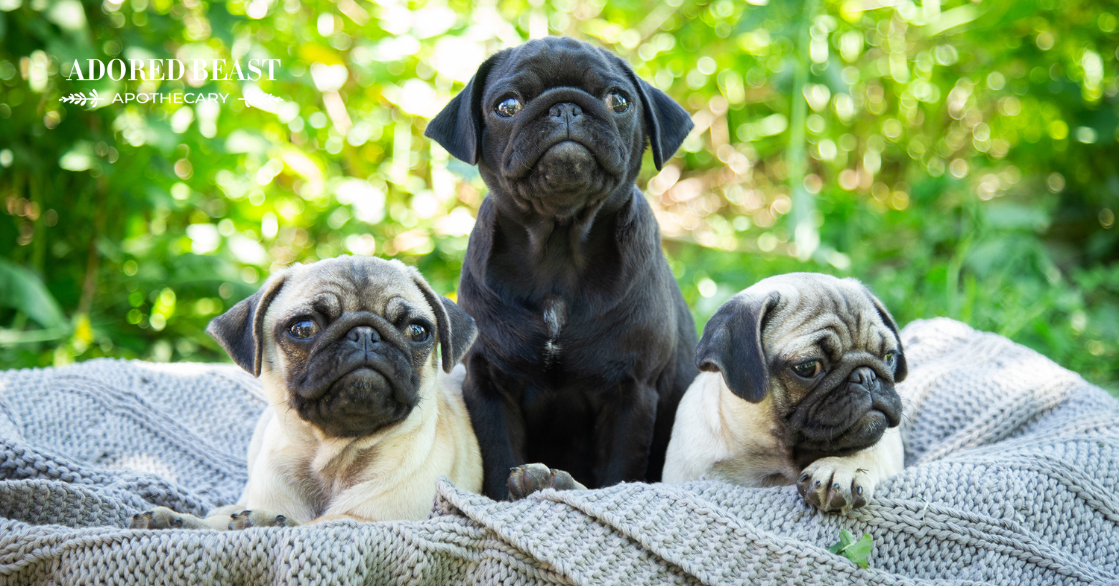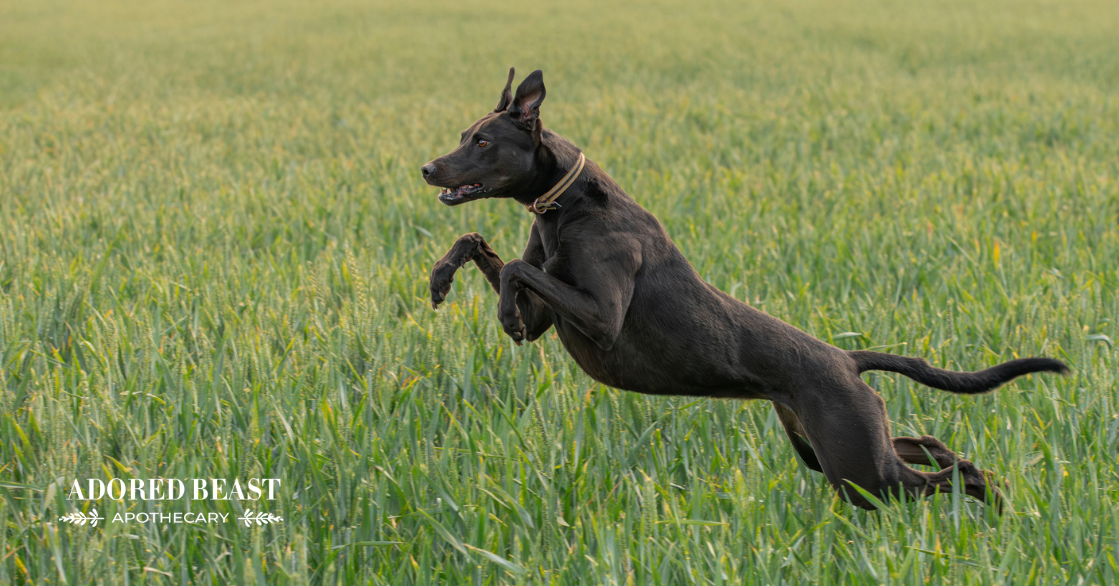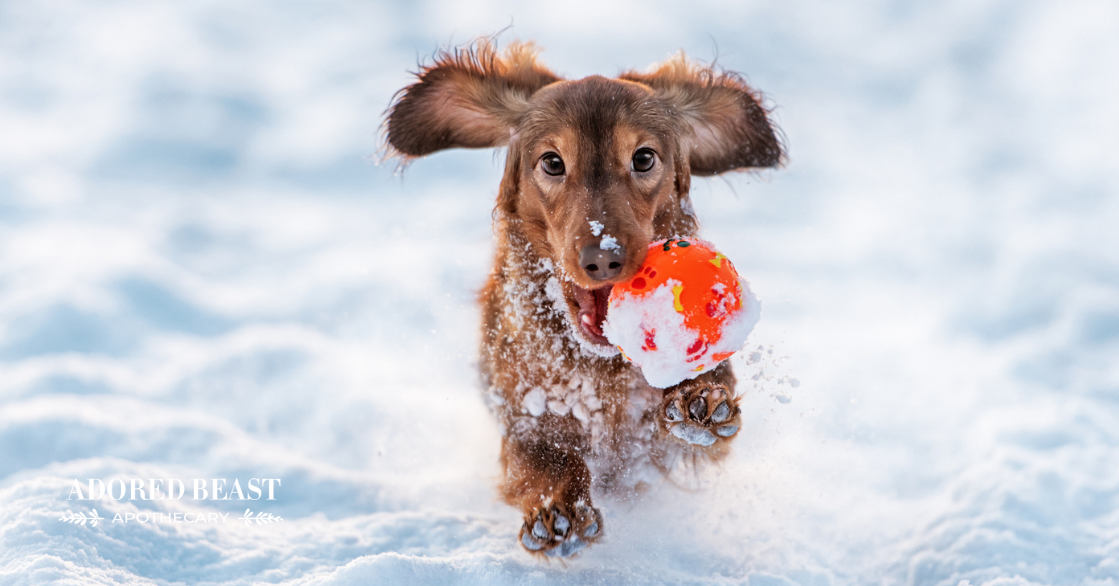If you’ve ever met a pug, bulldog, or Frenchie with that adorable “snuffly” breathing, you’ve experienced the charm of a brachycephalic breed. But while those short noses and flat faces are undeniably cute, they can come with serious health challenges. One of the most common is Brachycephalic Obstructive Airway Syndrome, aka BOAS in dogs – a condition that affects how well these dogs can breathe.
Let’s take a closer look at what BOAS is, what causes it, how to recognize the symptoms, and ways to help your brachycephalic dog live more comfortably with it.
What is Brachycephalic Syndrome (BOAS in Dogs)?
Brachycephalic Obstructive Airway Syndrome, or BOAS, is a condition that affects dogs (and some cats) with short, flattened skulls. These breeds were selectively bred for their cute, compact faces, but that same structure often leaves them with narrowed airways and other anatomical abnormalities that make breathing more difficult.
In essence, BOAS causes obstruction of the upper airway, which can lead to laboured breathing, snoring, heat intolerance, and other secondary health issues.
BOAS in dogs most commonly affects breeds such as:
- Pugs
- Bulldogs (English and French)
- Boston Terriers
- Shih Tzus
- Boxers
- Pekingese
While not every flat-faced dog will develop BOAS, the majority will show some degree of respiratory compromise over their lifetime.
What causes BOAS? The root cause lies in anatomical abnormalities related to brachycephalic skull structure. These can include:
- Stenotic nares – narrowed nostrils that restrict airflow
- Elongated soft palate – excess tissue that obstructs the airway
- Hypoplastic trachea – a windpipe that’s smaller than normal
- Everted laryngeal saccules – tissue pulled into the airway due to increased breathing effort
Over time, chronic effort to breathe can make symptoms worse and cause inflammation, swelling, and even collapse of the larynx in severe cases.
Signs and Symptoms of BOAS
The signs can vary in severity, but even mild symptoms shouldn’t be ignored. Common signs include:
- Loud breathing or snoring, even while awake
- Snorting or wheezing during exercise or excitement
- Difficulty breathing, especially in hot weather
- Exercise intolerance (your dog tires quickly or avoids activity)
- Gagging or vomiting, particularly after excitement or eating
- Bluish gums or tongue (a sign of oxygen deprivation)
- Collapsing or fainting episodes in severe cases
If your dog displays any of these symptoms, especially during warm weather or after activity, it’s important to consult your veterinarian.
How to Support a Dog with BOAS
There’s no “cure” for the shape of your dog’s face, but there are many ways you can support their breathing and overall comfort.
First and foremost, you want your dog to be able to breathe easy. For dogs with moderate to severe BOAS, corrective surgery can help improve airflow by widening the nostrils or shortening the soft palate. In some cases, this surgery is necessary to allow your dog to breathe. Your vet or a veterinary surgeon can assess the situation and tell you what the best route is. Early intervention can greatly improve quality of life and prevent long-term complications.
Then, whether or not surgery is required, you can add in natural methods of support:
1. Maintain a Healthy Weight. Extra weight can make breathing even more difficult for a brachycephalic dog. Keep your dog lean and fit through portion control, high-quality food, and gentle exercise. If they need some help shedding a few pounds safely, read this post next: How to Help a Dog Lose Weight: A Gentle, Healthy Approach.
2. Avoid Overheating. Heat is dangerous for dogs with BOAS. They can’t pant effectively to cool down.
Always:
- Provide shade and fresh water
- Avoid exercise during hot or humid weather
- Keep your dog indoors in air conditioning during heat waves
3. Manage Stress and Excitement. Overexcitement can trigger heavy breathing and distress. Keep your dog’s environment calm, use positive training methods, and provide quiet rest after play.
4. Clean the Air. Keep the air in your dog’s environment as clean as possible and clear of irritants. Change furnace filters on a regular basis, avoid things like air fresheners and scented candles, and switch to natural cleaning products.
5. Support Respiratory Health Naturally. Certain natural supplements and holistic approaches can help maintain respiratory wellness:
- Omega-3 fatty acids – reduce inflammation in the airways. Try our Potent-Sea, a sustainable source of EPA and DHA.
- Antioxidants – like vitamin C and E, to protect tissue from stress. Phyto Synergy is our go-to for antioxidants!
- Herbal lung support – gentle herbs such as mullein or licorice root can help soothe the respiratory tract. For BOAS in dogs, we always recommend Gut Soothe to minimize their chronic inflammation.
- Humidifiers – can make indoor air easier to breathe, especially in the winter.
5. Adjust Exercise Routines. Brachycephalic dogs often do better with short, frequent walks instead of long, intense ones. Choose cooler times of the day and watch them closely for signs of fatigue or breathing strain.
BOAS in dogs is a serious but manageable condition. Those snorts and snores may sound cute, but they’re often your dog’s way of saying, “I’m working harder to breathe.” By recognizing the signs early and taking proactive steps, like managing weight, avoiding heat, and cleaning the air, you can help your dog breathe easier and live a more comfortable life. Just remember, a visit to your trusted veterinarian is always a smart first step.












